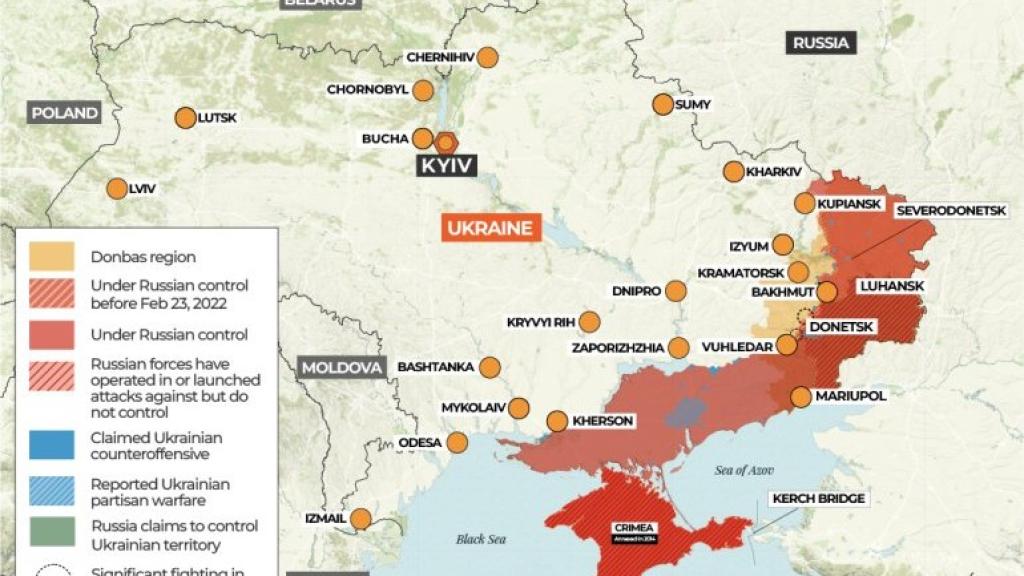Summary
This paper is the first result returned by Google Scholar when I searched by matriarchal society. The lead author has only published one (1) article which is cited mainly by other articles in the same journal. The definition of matriarchal society is based on power distribution.
Abstract
The abstract of the paper says, in part:
…At political level, August character shows as the matriarch or the leader in community with important role for overcoming conflict and decision making process. At economical level, it shows that matriarchal society common practice has right and same position in economic affair and giving gift each other to make the economic condition balance. Last, at spiritual and cultural level, it is described that women characters in The Secret Life of Bees believe in feminine divine which is the Black Mary and doing worship for her. In conclusion, The Secret Life of Bees novel clearly depicts matriarchal society based on the theory of Matriarchy by Heide Göettner-Abendrot.
p. 28
Emphasis Mine
Definition of Matriarchy
The authors use the following definition of matriarchy:
At some points, values in a cultural context define the right and the wrong (Lina & Setiawan, 2017). Further, modern matriarchy is not merely social structure based on maternal lineage; however, it is rather a maternal value as Göettner-Abendroth (2009) stated:
“Matriarchy is mother centered society as the most important function to insure its future. This social system is based on maternal values includes care-taking, nurturing, motherliness, peace-building, in which these hold for everybody for mothers and those who are not mothers, for women and men alike.”
p. 28
In Marxist terms, the authors see a matriarchy centred on the elevation of reproductive labour. From that centering, political power flows to women. The authors (p. 29) see this political power as facilitating consensus-building. The authors (pp. 29-30) see the matriarchical economic system as communism. They clarify this as follows:
Matriarchy social system emphasizes the role of mothers within society who take over all responsible for others include economic needs, social needs, or cultural and politics. It is not just a reversal form of patriarchy in which women ruling over men, however, it is more likely complementary equality between the genders and generations and it is not necessarily need mothers’ biological relation.
p. 30
The authors used behavioural analysis to determine the structure of the society, rather than the flow of surplus value:
In conclusion, in order to know that certain society is categorized as matriarchal society, it is important to observe their behaviors and activity within their community, and then use precise theory as a guidance to find the result.
p. 32
Teta Irama Setri
Google Scholar has Setri at Universitas Teknokrat Indonesia. This author has only published one (1) article of note (the first two (2) entries in the following table from Google Scholar are duplicates):
| Title | Cited by | Year |
|---|
Matriarchal Society in The Secret Life of Bees by Sue Monk Kidd
TI Setri, DB Setiawan
Linguistics and Literature Journal 1 (1), 28-33 | 494 | 2020 |
Matriarchal Society in The Secret Life of Bees by Sue Monk Kidd. Linguistics and Literature Journal, 1 (1), 28–33
TI Setri, DB Setiawan | 323 | 2020 |
SYSTEMATIC FUNCTIONAL LINGUISTICS: TRANSITIVITY ANALYSIS ON ONLINE NEWSPAPER
TI Setri, DT Erlangga | | 2023 |
Presupposition in The Jakarta Post News Article
TI Setri, DT Erlangga | | 2022 |
Linguistics and Literature Journal
The Linguistics and Literature Journal is not among the top 100 journals according to Google Scholar, nor among the top twenty (20) when searched by the journal name. This journal is published by the same university where the lead author is employed.
Citations
The top thirteen (13) citations are all from the same journal. This paper seems to be a niche article.
References
- Göettner-Abendroth, H. (2009). International Academy HAGIA [Online]. Retrieved from https://www.hagia.de/en/matriarchy/
- Lina, Desma & Setiawan, Dwi Budi. (2017). An analysis of culture shock from west to east as seen in Rielly’s The Tournament. Teknosastik: Jurnal Bahasa dan Sastra, 15(1), 14-20.
- Setri, T. I., & Setiawan, D. B. (2020). Matriarchal Society in The Secret Life of Bees by Sue Monk Kidd. Linguistics and Literature Journal, 1(1), 28-33.



